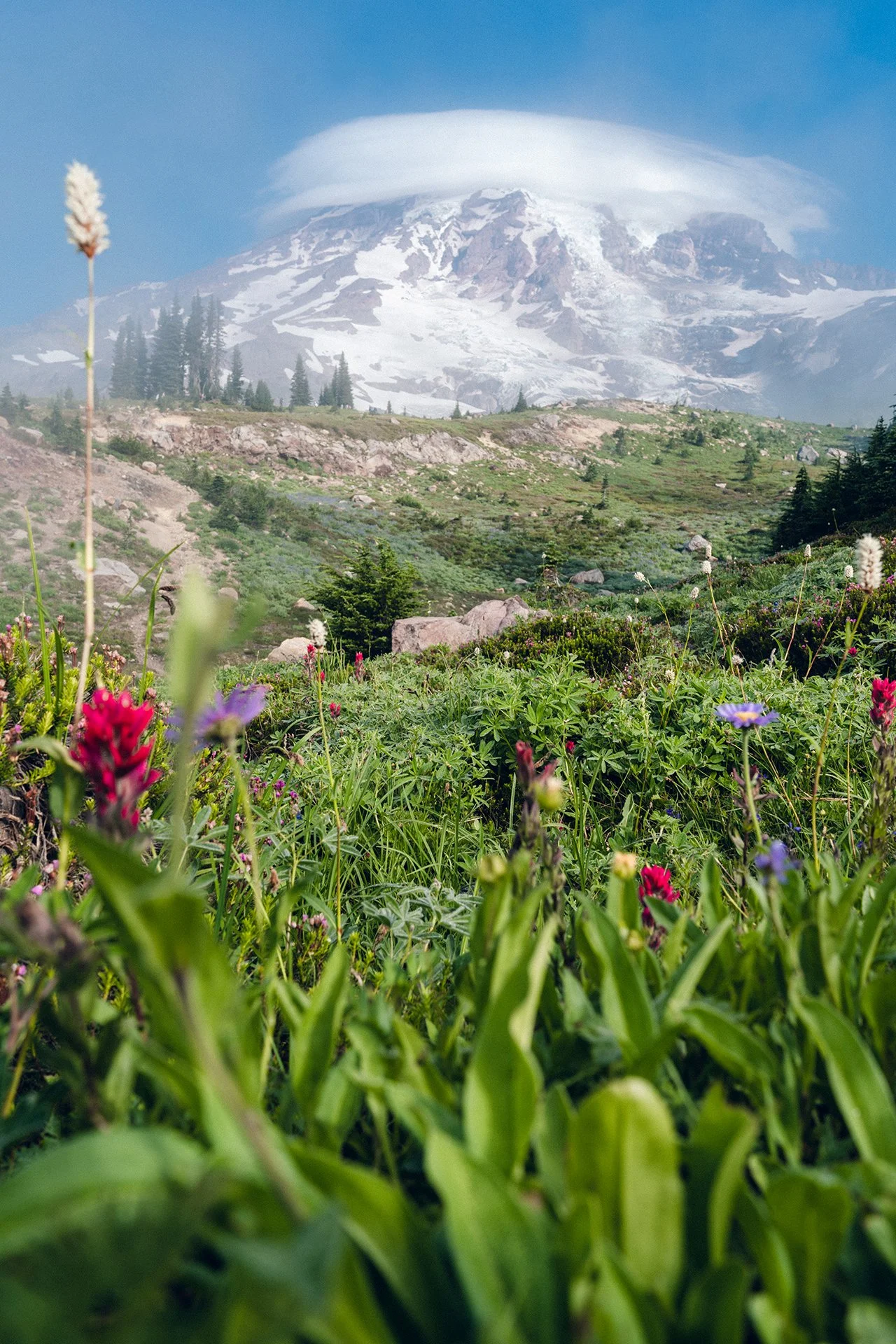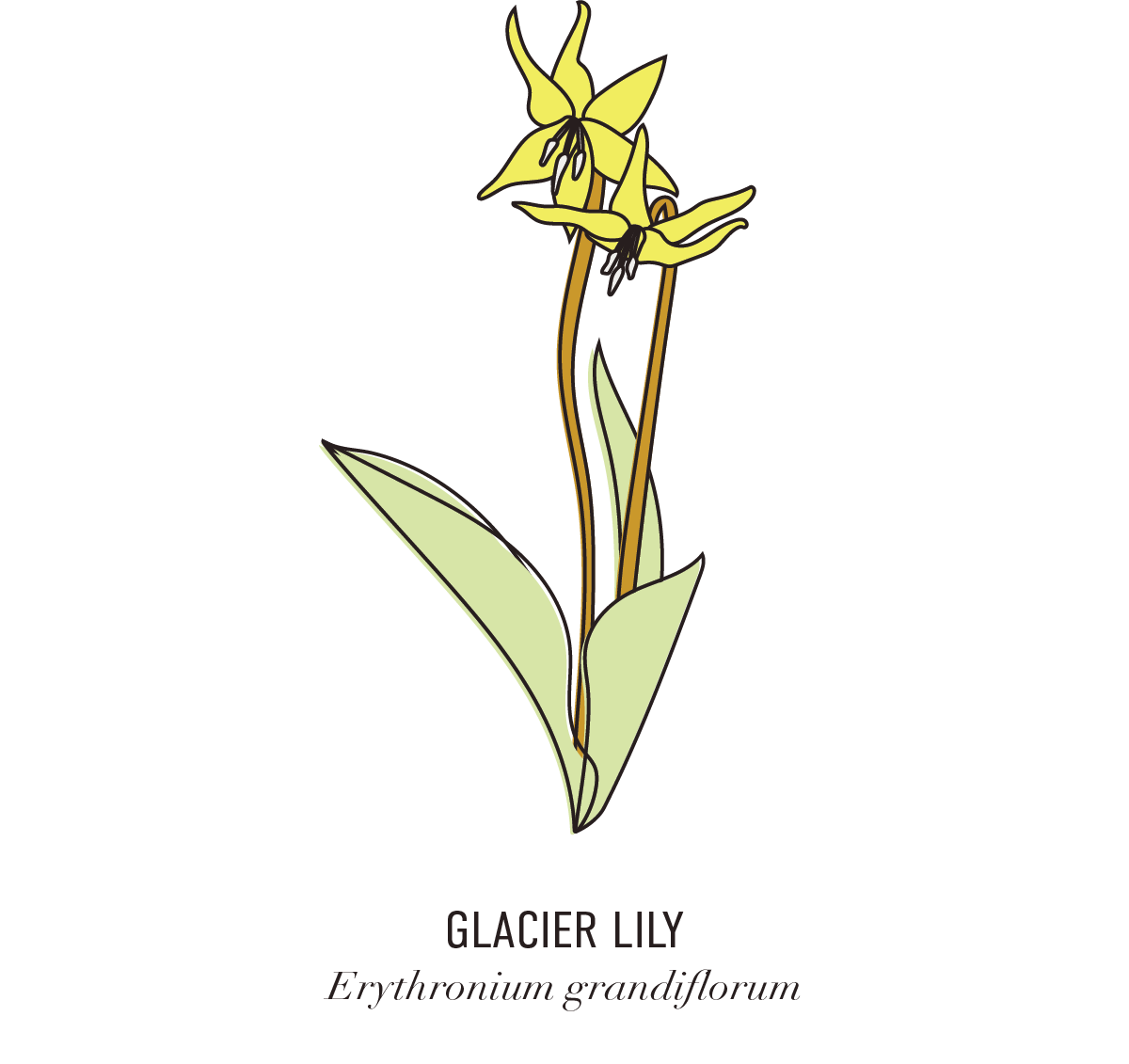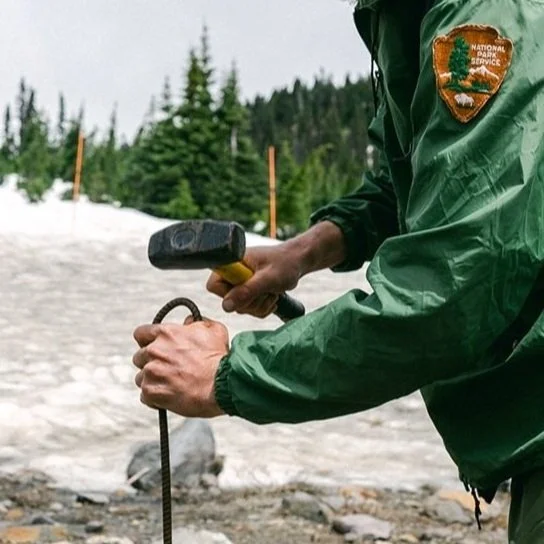Editorial Brand Shoot
Mount Rainier Meadow Rovers + Restoration
“... the most luxuriant and the most extravagantly beautiful of all the alpine gardens I ever beheld in all my mountain-top wandering.”
The beauty of the sub-alpine meadows at Mount Rainier National Park are renowned, but as one of the snowiest places on the planet, the high elevation vegetation already faces extreme natural conditions in order to survive. With park visitation climbing towards 2M annually, the human impact on the ecosystem could be increasingly devastating if education on preservation and Leave No Trace principles doesn’t increase as well.
I spent around 25 days over the course of seven months in 2022 doing ethnographic research by working with different education, restoration, and citizen science programs at the park. Throughout that time, I did a deep dive into National Park Service and University of Washington data focused on visitation and usage, weather, restoration and prevention, and plant phenology.
As a solution to increasing education on the challenges facing the Paradise Meadows area of Mount Rainier. The data is presented through four large-scale interpretive signs each focused on a different theme, and uses photo and video as supplemental storytelling tools:
Why this diverse subalpine landscape is uniquely fragile
How visitation and land use have evolved over the last 100+ years
What is being done now to counteract damage due to increased human impact
How park visitors can be more accountable for the safety of themselves as well as the ecosystem
Snowpack vs Growing Season
Visitation
Mount Rainier National Park Visitation From 1904 to 2021
Restoration
Rope and Rebar
Preventative Search And Rescue








































